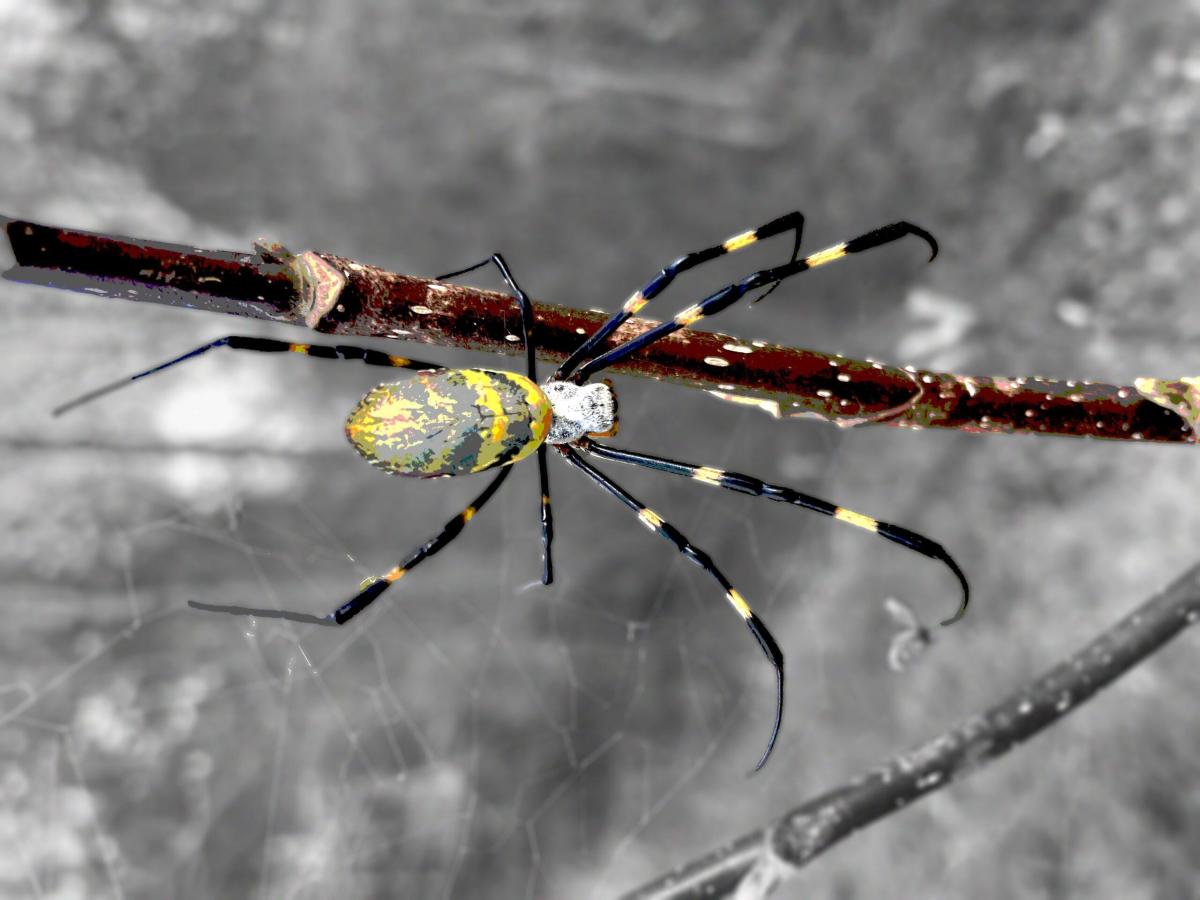Halloween may be over, but that doesn’t mean scary-looking spiders are finished for the year. According to a scientist at Clemson University, a large yellow spider known as the Joro spider is expected to continue spreading along the East Coast.
The Joro spider, sometimes referred to as parachuting spiders, can move by shooting out a long strand of silk that gets caught by the wind, allowing them to travel through the air. However, don’t expect these brightly colored creatures to suddenly descend on you from above, says Clemson assistant professor Dave Coyle. He explains that this behavior is more common in tiny spiders, and people are often unaware of them.
What are Joro spiders?
Joro spiders were first discovered in the U.S. in Georgia in 2014. Since then, they have been spotted in several states including Alabama, Maryland, North Carolina, Oklahoma, South Carolina, Tennessee, and West Virginia. The species is native to East Asia.
Coyle expects the Joro spiders to continue spreading and predicts they may expand to the entire eastern half of the country.
Are Joro spiders poisonous?
Although all spiders possess some venom, the Joro spider is not a threat to humans. However, it poses a danger to other insects caught in its web, such as butterflies, cockroaches, stink bugs, and wasps. According to Coyle, there is no evidence that they have caused any harm to humans or pets.
A video posted online by Clemson shows children allowing Joro spiders to crawl on their hands.
Despite the lack of harm to humans, Joro spiders do have an impact on other spider species. Coyle explains that areas with high populations of Joro spiders tend to have lower populations of native spiders, indicating an ecological impact.
How big are Joro spiders?
Female Joro spiders can grow up to an inch long with a leg span of 2 to 3 inches. With their yellow and gray abdomen, these spiders are not exactly endearing to those who dislike creepy crawly creatures.
If you come across a Joro spider, Coyle advises taking a picture and uploading it to the iNaturalist app. This will help scientists track the spread of these spiders.


